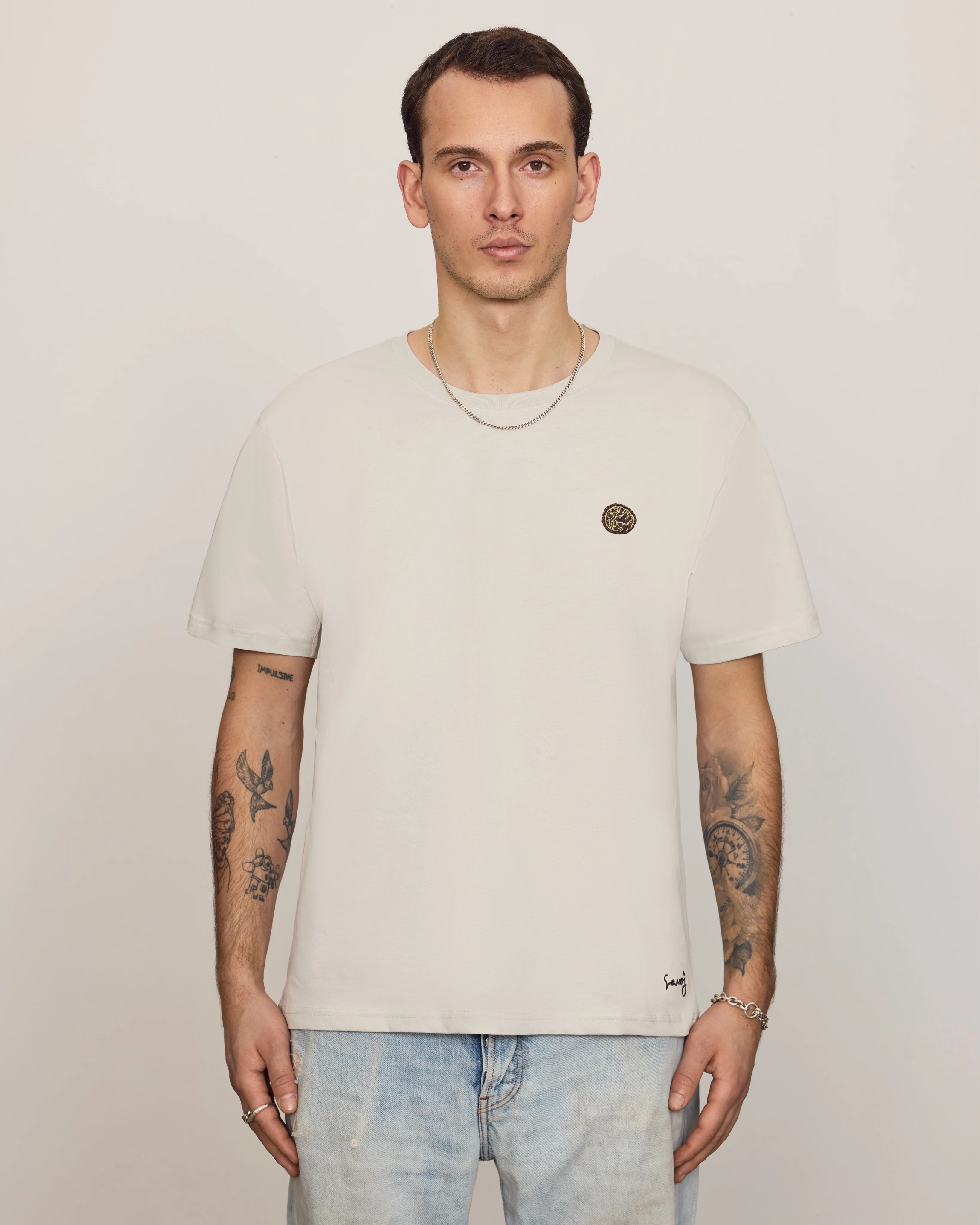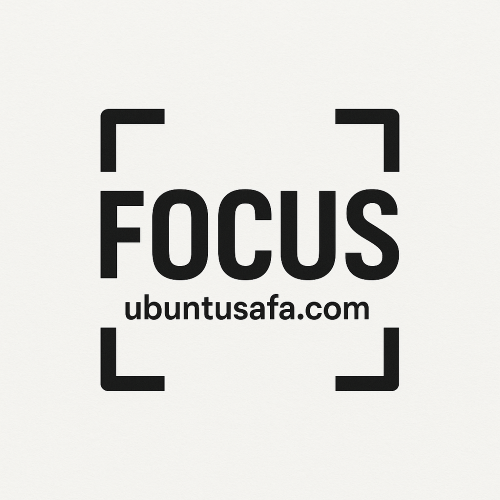How are shifting alliances and power dynamics between major global players (e.g., the US, China, Russia, and the EU) impacting regional stability in various parts of the world?
The shifting alliances and power dynamics between major global players are having a profound and complex impact on regional stability around the world.
The traditional post-Cold War international order, often characterized by US hegemony, is being challenged by the rise of new or resurgent powers, creating a more multipolar and contested environment.
This has led to a reshaping of alliances, increased competition, and a heightened risk of conflict in various parts of the globe.
Here's a breakdown of how these dynamics are affecting regional stability:
1. The Indo-Pacific: US-China Rivalry-
The rivalry between the United States and China is arguably the most significant geopolitical dynamic shaping the world today, with its impact most acutely felt in the Indo-Pacific.
Formation of new alliances: The US has been strengthening its alliances and forming new ones to counter China's growing military and economic influence. Examples include the AUKUS security pact (Australia, UK, US) and the Quad (US, Japan, India, Australia). These alliances are seen by some as a necessary measure for collective security, while others view them as a source of increased tension and a potential trigger for conflict.
Southeast Asia's "hedging" strategy: Countries in Southeast Asia find themselves in a precarious position. They are heavily dependent on China for trade and investment, while relying on the US for security and as a counterweight to Chinese assertiveness in areas like the South China Sea. This has led many to adopt a "hedging" strategy, seeking to engage with both powers without aligning exclusively with either. However, this balancing act is becoming increasingly difficult as pressure from both sides mounts.
Economic and technological competition: The US-China rivalry extends beyond military matters into the economic and technological spheres. US tariffs on Chinese goods and bans on certain technologies have prompted companies to relocate their supply chains, with Southeast Asian nations often benefiting from the shift. However, this also creates new dependencies and vulnerabilities for these countries.
2. Europe and Eurasia: The Russia-Ukraine War and its Aftermath-
Russia's invasion of Ukraine has fundamentally altered the geopolitical landscape in Europe, and its ripple effects are being felt globally.
NATO expansion and a more unified EU: The invasion has revitalized and expanded NATO, with previously neutral countries like Finland and Sweden joining the alliance. This is a direct response to a perceived Russian threat. The European Union, once seen as struggling with a unified foreign policy, has also demonstrated greater cohesion in its response to Russia, imposing sanctions and providing support to Ukraine.
Russia's alignment with China: In the face of Western sanctions and isolation, Russia has deepened its strategic partnership with China. This alignment, which includes economic and diplomatic cooperation, is a key component of the challenge to the US-led international order. For China, a strong relationship with Russia helps to divert US attention from the Indo-Pacific and provides a reliable source of energy.
Impact on the Middle East: Russia has also expanded its influence in the Middle East, particularly through its military intervention in Syria. Moscow has cultivated relationships with a wide range of regional players, including Iran, Turkey, and Israel, often positioning itself as a pragmatic and non-ideological partner. This complicates US and EU foreign policy in the region and makes Russia an indispensable actor in addressing regional crises.
3. The Role of the European Union-
The EU's role is complex, as it seeks to assert its own foreign policy while navigating its relationships with the other major powers.
Seeking "strategic autonomy": The EU has been working to reduce its economic dependencies on both Russia (for energy) and China (for manufacturing and raw materials). This push for "strategic autonomy" is a direct response to the vulnerabilities exposed by the war in Ukraine and the growing US-China competition.
Impact on its neighborhood: The EU's foreign policy is most evident in its "European Neighbourhood Policy," which aims to foster stability and prosperity in its neighboring regions to the east and south. This includes promoting democracy and human rights through trade agreements and financial aid. However, the effectiveness of this policy is often challenged by the competing influences of Russia and other regional actors.
In summary, the shifting power dynamics between the US, China, Russia, and the EU are creating a more volatile and contested international environment. Regional stability is being impacted by the formation of new alliances, the intensification of great power competition, and the difficult balancing acts that smaller nations are forced to perform. This new era is marked by a heightened risk of interstate conflict and a reevaluation of the norms and institutions that have long underpinned the global order.
How are shifting alliances and power dynamics between major global players (e.g., the US, China, Russia, and the EU) impacting regional stability in various parts of the world?
The shifting alliances and power dynamics between major global players are having a profound and complex impact on regional stability around the world.
The traditional post-Cold War international order, often characterized by US hegemony, is being challenged by the rise of new or resurgent powers, creating a more multipolar and contested environment.
This has led to a reshaping of alliances, increased competition, and a heightened risk of conflict in various parts of the globe.
Here's a breakdown of how these dynamics are affecting regional stability:
1. The Indo-Pacific: US-China Rivalry-
The rivalry between the United States and China is arguably the most significant geopolitical dynamic shaping the world today, with its impact most acutely felt in the Indo-Pacific.
Formation of new alliances: The US has been strengthening its alliances and forming new ones to counter China's growing military and economic influence. Examples include the AUKUS security pact (Australia, UK, US) and the Quad (US, Japan, India, Australia). These alliances are seen by some as a necessary measure for collective security, while others view them as a source of increased tension and a potential trigger for conflict.
Southeast Asia's "hedging" strategy: Countries in Southeast Asia find themselves in a precarious position. They are heavily dependent on China for trade and investment, while relying on the US for security and as a counterweight to Chinese assertiveness in areas like the South China Sea. This has led many to adopt a "hedging" strategy, seeking to engage with both powers without aligning exclusively with either. However, this balancing act is becoming increasingly difficult as pressure from both sides mounts.
Economic and technological competition: The US-China rivalry extends beyond military matters into the economic and technological spheres. US tariffs on Chinese goods and bans on certain technologies have prompted companies to relocate their supply chains, with Southeast Asian nations often benefiting from the shift. However, this also creates new dependencies and vulnerabilities for these countries.
2. Europe and Eurasia: The Russia-Ukraine War and its Aftermath-
Russia's invasion of Ukraine has fundamentally altered the geopolitical landscape in Europe, and its ripple effects are being felt globally.
NATO expansion and a more unified EU: The invasion has revitalized and expanded NATO, with previously neutral countries like Finland and Sweden joining the alliance. This is a direct response to a perceived Russian threat. The European Union, once seen as struggling with a unified foreign policy, has also demonstrated greater cohesion in its response to Russia, imposing sanctions and providing support to Ukraine.
Russia's alignment with China: In the face of Western sanctions and isolation, Russia has deepened its strategic partnership with China. This alignment, which includes economic and diplomatic cooperation, is a key component of the challenge to the US-led international order. For China, a strong relationship with Russia helps to divert US attention from the Indo-Pacific and provides a reliable source of energy.
Impact on the Middle East: Russia has also expanded its influence in the Middle East, particularly through its military intervention in Syria. Moscow has cultivated relationships with a wide range of regional players, including Iran, Turkey, and Israel, often positioning itself as a pragmatic and non-ideological partner. This complicates US and EU foreign policy in the region and makes Russia an indispensable actor in addressing regional crises.
3. The Role of the European Union-
The EU's role is complex, as it seeks to assert its own foreign policy while navigating its relationships with the other major powers.
Seeking "strategic autonomy": The EU has been working to reduce its economic dependencies on both Russia (for energy) and China (for manufacturing and raw materials). This push for "strategic autonomy" is a direct response to the vulnerabilities exposed by the war in Ukraine and the growing US-China competition.
Impact on its neighborhood: The EU's foreign policy is most evident in its "European Neighbourhood Policy," which aims to foster stability and prosperity in its neighboring regions to the east and south. This includes promoting democracy and human rights through trade agreements and financial aid. However, the effectiveness of this policy is often challenged by the competing influences of Russia and other regional actors.
In summary, the shifting power dynamics between the US, China, Russia, and the EU are creating a more volatile and contested international environment. Regional stability is being impacted by the formation of new alliances, the intensification of great power competition, and the difficult balancing acts that smaller nations are forced to perform. This new era is marked by a heightened risk of interstate conflict and a reevaluation of the norms and institutions that have long underpinned the global order.













